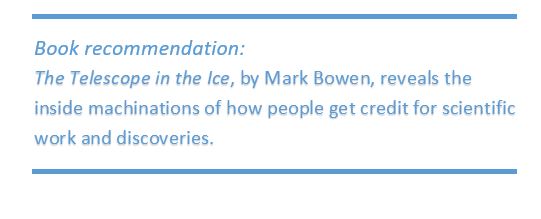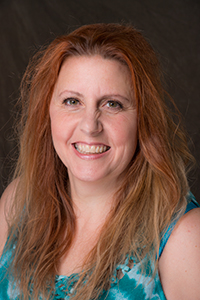Dr. Rellen Hardtke from the University of Wisconsin-River Falls, gave an overview of the program she is involved in – SCIENCE – which encourages youth, especially girls, to get involved in Science, Technology, Engineering and Math careers.
Dr. Hardtke brings a rich background to the challenge, fromgrowing up on a Wisconsin dairy farm to a bachelor’s in science in math, with minors in gender, society and technology. She started in actuarial science.
Dr. Rellen Hardtke from the University of Wisconsin-River Falls, gave an overview of the program she is involved in – SCIENCE – which encourages youth, especially girls, to get involved in Science, Technology, Engineering and Math careers.
Dr. Hardtke brings a rich background to the challenge, from her background growing up on a Wisconsin dairy farm to a bachelor’s in science in math, with minors in gender, society and technology. She started in actuarial science.
“I didn't know scientist was a job,” said Hardtke. “I ended up being an actuary. I liked the consulting but the math was boring.”
She went on to MIT to pursue studies in astronomy and physics. Her research included three trips to the geographic south pole (even though she doesn’t like the cold), where she searched for neutrinos from gamma ray bursts.
Dr. Hardtke stated that physics pays the bills, but inclusion topics are her passion, and she is grateful that she gets to put it all together in her jobs.
While there is a general upward slope of women in selected fields, computer science is on a negative slope, and has declined since 1985. “That means that there were more women in computer science in the 80s than now.
While some fields are doing really well – biology, chemistry and math, for example, engineering is struggling, with women making up only eight percent of those working in the field.
“People thought math was keeping girls out, but we found out that is not true,” she said. “We know it is not genetic or biology related, as almost half of PhD candidates in Italy are women.”
So why the difference in college and career choice by gender and race? Dr. Hardtke summed it up in four points:
- Sterotypes about the work environment. Young people receive inaccurate messages about who does what well.
- Lack of role models. It’s great to have role models and mentors but you need to get a place where it is normal to be doing what your doing so you don't have to think about anything else but what you are doing.
- Social repercussions.
- Chronic inaccurate messages about who does what well.

Dr. Hardtke noted that the number one thing that connects a girl’s self esteem is how she feels about her looks. And who she receives these messages from. For example, girls are most often complimented on the appearance of their work, whereas boys receive feedback related to intellectual aspects of their schoolwork.
Messages from home are paramount to girls’ self confidence and what parents are willing to accept – even the comments are different. For example, mediocre and poor math and science work is less accepted from boys. They are more likely to receive the messages:
- “You can do this if you try harder.”
- “You can be good at this.”
- “You need to be capable at this.”
Whereas girls might hear that they are just “not good at math.”
Other messages are built into our vernacular:
- When young men do well, they are geniuses
- When young women do well, it is assumed they worked harder and or were more wiling to ask for help
Despite unconscious bias, despite the imagery girls are surrounded with we can undo those message before we can accept that the research doesn't back it up. Encouraging girls to take risks and reduce their fear of failure (earning a sub-average score) is one way to help.
Encourage girls to attend science events
UW-RF hosted its fourth annual SCIENCE event recently.
The SCIENCE acronym stands for:
- Seeing
- Creating
- Investigating
- Exploring
- Naming
- Cooperating
- Experimenting
This event, sponsored by the UW-RF Physics Department, UW-RF Honors Program, UW-RF Teacher Education Program, UW-RF College of Arts & Sciences, UW-RF Women's & Gender Studies Program, UW-RF STEM departments, AAUW-River Falls, Allina Health and the St. Croix Valley Foundation, has served hundreds of area youth, many who return year after year.
Although it is termed as a “girls in science” event, it is open to girls and boys. Dr. Hardtke stated that the event is billed “for girls” to encourage female attendees, because otherwise only boys will sign up.
“It is not an exclusive event,” she said, “But we have to have the nudge to get people to think about suggesting that girls attend.”
The University donates the space and works in cooperation with the school district, community education, the St. Croix Valley Foundation and the Allina Foundation. Faculty and student volunteers help with leadership and assistance.
“We have never had to turn anyone away because of cost,” she states. “Every student who has ever asked, has gotten a scholarship."
If you have more questions, or want to help in these efforts, contact Dr. Hardtke.
